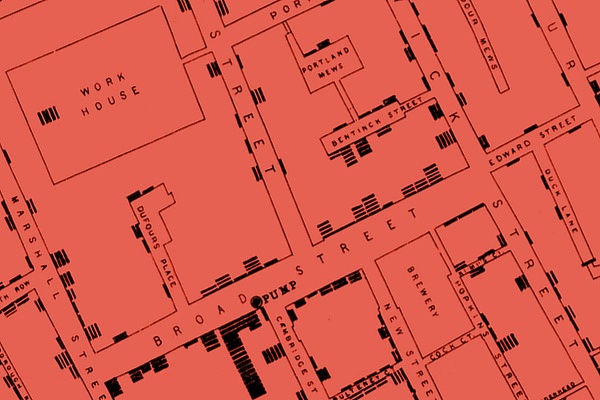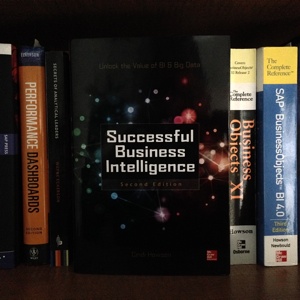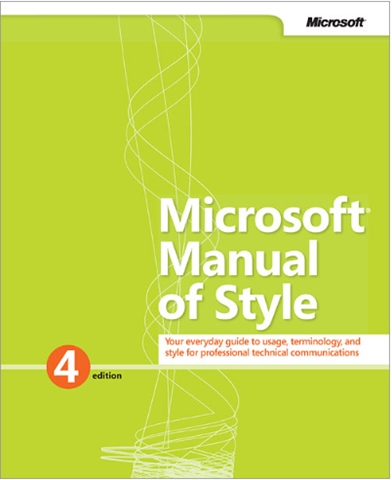A few months ago, Andrew Fox demonstrated how to use SAP Lumira with geospatial mapping via its ESRI integration (see SAP Community Network article, Integrating SAP Lumira and ESRI mapping to deliver Location Intelligence). For his data set, Andrew used the map created in 1854 by physician John Snow in the midst of a cholera outbreak in London. I was able to learn more about the 1854 cholera outbreak by reading The Ghost Map by Steven Johnson (Penguin, ISBN 978-1594482694), who creates a gripping historical narrative. The Ghost Map itself was created by Dr. John Snow, a physician who was puzzled why some people contracted cholera and others did not.
The map is a brilliant work of information design and epidemiology, no doubt. But it is also an emblem of a certain kind of community— the densely intertwined lives of a metropolitan neighborhood— an emblem that, paradoxically, was made possible by a savage attack on that community.
Steven Johnson in The Ghost Map
Even though John Snow’s map clearly pointed to the Broad Street water pump, his analysis did not immediately gain traction. The prevailing understanding of disease in the mid-nineteenth century was the miasma theory, or literally “bad air”. It was thought that diseases such as cholera were carried by the foul smells. Psychologists refer to the inability to accept new facts that don’t agree with our assumptions as confirmation bias, something that humanity still combats today whether its a high-profile science issue like climate change or just the data in our monthly reports. But Dr. Snow finds an unlikely collaborator in the Reverend Henry Whitehead, who was originally skeptical of Dr, Snow’s research but won over based on his first-hand knowledge of the cholera victims in his parish.
It’s easy to look at 19th century scientific understanding with a critical eye from our perspective in the 21st century and our understanding of the germ theory of disease. I imagine there will be scientific discoveries made over the next 100 years that make our own present understanding of the physical world seem quaint to the citizens of the next century.
This book is a must-read for all data visualization professionals, not just those in healthcare.
- Purchase The Ghost Map (paperback edition) on Amazon.com
- Purchase The Ghost Map (Kindle edition) on Amazon.com
- Purchase The Ghost Map (Audible edition) on Amazon.com
- The Ghost Map official web site, which includes a discussion guide
- Author Steven Johnson’s official web site
- Follow Steven Johnson on Twitter
- See how Andrew Fox visualized the 1854 London cholera epidemic with SAP Lumira via SAP Community Network
- Stephen Few’s thoughts on The Ghost Map
- Michael Sandberg has several articles about John Snow’s ghost map on his Dava Visualization blog
- Big Data and Bacteria: Mapping the New York Subway’s DNA from the February 5, 2015 Wall Street Journal
- Among New York Subway’s Millions of Riders, a Study Finds Many Mystery Microbes from the February 5, 2015 New York Times
- 5 Things to Know about Steven Johnson from ASUG News (added July 1, 2015)
UPDATE: SAP published the following 3-minute documentary about John Snow, How Data Turned a Doctor Into a Hero, on October 14, 2015.
Disclosure of Material Connection: I borrowed a copy of this book from a public library and did not receive it free from its publisher. Some of the links in the post above are “affiliate links.” This means if you click on the link and purchase the item, I will receive an affiliate commission. Regardless, I only recommend products or services I use personally and believe will add value to my readers.I am disclosing this in accordance with the Federal Trade Commission’s 16 CFR, Part 255: “Guides Concerning the Use of Endorsements and Testimonials in Advertising.”




Good article, with years working with healthcare customers it may be on my to read list. Also has me wanting to see what data the CDC has posted on the recent Measles issue and start doing some modeling with it. You know you’re a geek when…you see data sets everywhere and start wondering how can I use that to make a prediction or what hidden info lies beneath the surface.